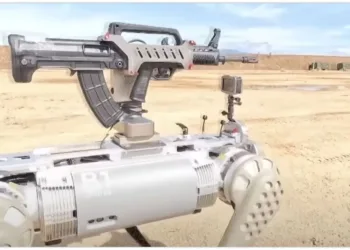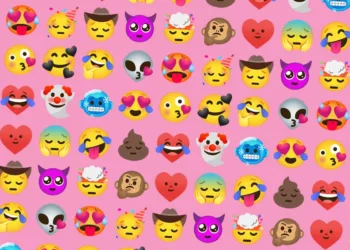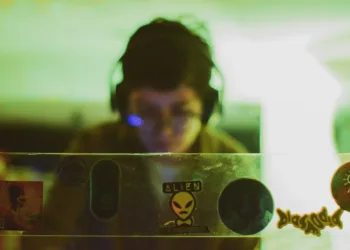Discover the truth about AI content detectors! I’ll spill the tea on their accuracy and whether you should give them a virtual thumbs-up or thumbs-down.
Table of Contents
Introduction: The Byte-Sized Mystery
Imagine this: you’re a content creator, typing away at your keyboard, weaving words into sentences like a digital spider spinning its web. You’ve got a killer blog post, an epic essay, or maybe just a heartfelt tweet. But wait! Before you hit that “publish” button, there’s a digital bouncer at the door—a vigilant AI content detector. It scans your work, squints its electronic eyes, and decides whether you’re legit or just another copy-paste bandit.
But here’s the real question: Can you trust these silicon sheriffs? Let’s dive into the binary abyss and find out.
The Robo-Verdict: Accuracy Unplugged
The Good, the Bad, and the Algorithmic Ugly
AI content detectors come in all shapes and sizes. Some are like grammar gurus—nitpicking every misplaced comma and dangling participle. Others are more like literary detectives, sniffing out stolen phrases faster than Sherlock Holmes on caffeine.
The Good: These digital watchdogs catch blatant plagiarism. If someone tries to pass off Shakespeare as their own (seriously, dude?), these AIs raise their virtual eyebrows. They’re like the Gandalfs of the internet—“You shall not pass… with stolen content!”
The Bad: But—and it’s a big but—they’re not infallible. Sometimes they mistake original work for leftovers from last night’s pizza. Imagine your heartfelt poem flagged as “suspiciously similar to a pizza menu.” Ouch.
The Algorithmic Ugly: Here’s where it gets murky. AI detectors can’t feel vibes or read between the lines. They don’t know that your quirky metaphors are legit creativity, not copy-paste crimes. So, they might slap a “plagiarism” sticker on your masterpiece just because it rhymes with something from an obscure 17th-century sonnet.
The Trust Factor: Like or Swipe Left?
Picture this: you’re on a virtual dating app (yes, even AIs need love). You see an attractive profile—great bio, witty banter—but there’s one catch: their profile pic is pixelated. Do you trust them? Probably not.
Similarly, trusting AI content detectors is like swiping left or right on Tinder for your literary soulmate. Here’s why:
- False Positives: These AIs sometimes scream “plagiarism!” when it’s just a case of cosmic coincidence. Your original thought might overlap with someone else’s—like two parallel universes briefly colliding at a cosmic coffee shop.
- Context Cluelessness: AIs lack context awareness. They don’t know that your sci-fi short story is an homage to Asimov, not a copy-paste job from Wikipedia. So they panic like first-time skydivers—parachutes optional.
- Cultural Quirks: Imagine an AI raised on Hollywood dialogues trying to decipher Shakespearean sonnets. It’s like asking Siri to recite Hamlet while doing the Bhangra dance.
Conclusion: To Trust or Not to Trust?
In this digital age, we need AI content detectors like we need Wi-Fi passwords at coffee shops—essential but occasionally annoying. They catch the obvious culprits but might accidentally handcuff innocent wordsmiths.
So here’s my advice: Trust but verify (thanks, Ronald Reagan). Use these robo-sleuths as allies but keep your human intuition sharp. And if they ever accuse you of plagiarism, just smile and say, “Nah, that’s just my poetic algorithm.”
Remember, fellow writers: behind every algorithmic eye is a coder who probably drinks chai and dreams of electric sheep.







